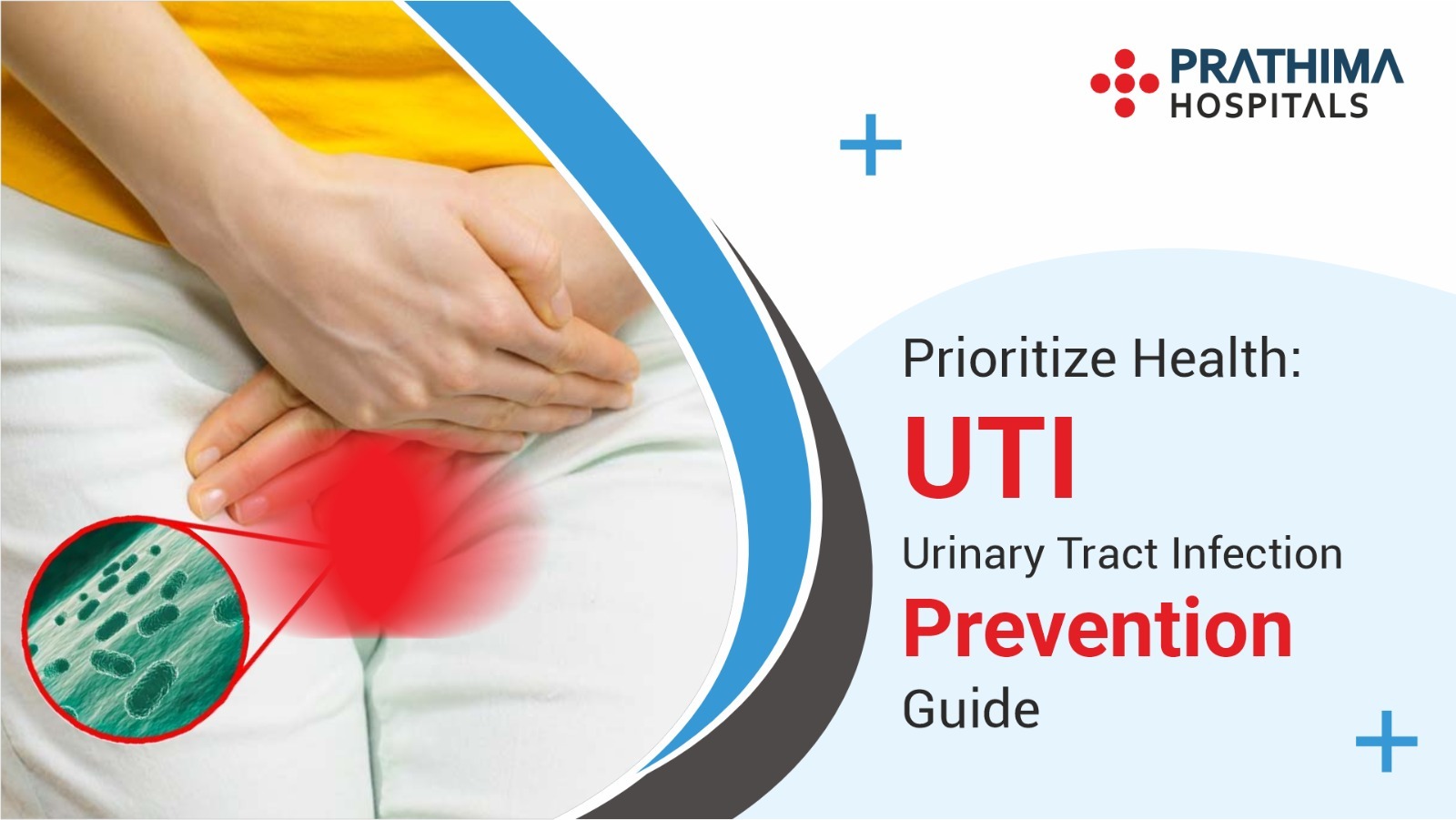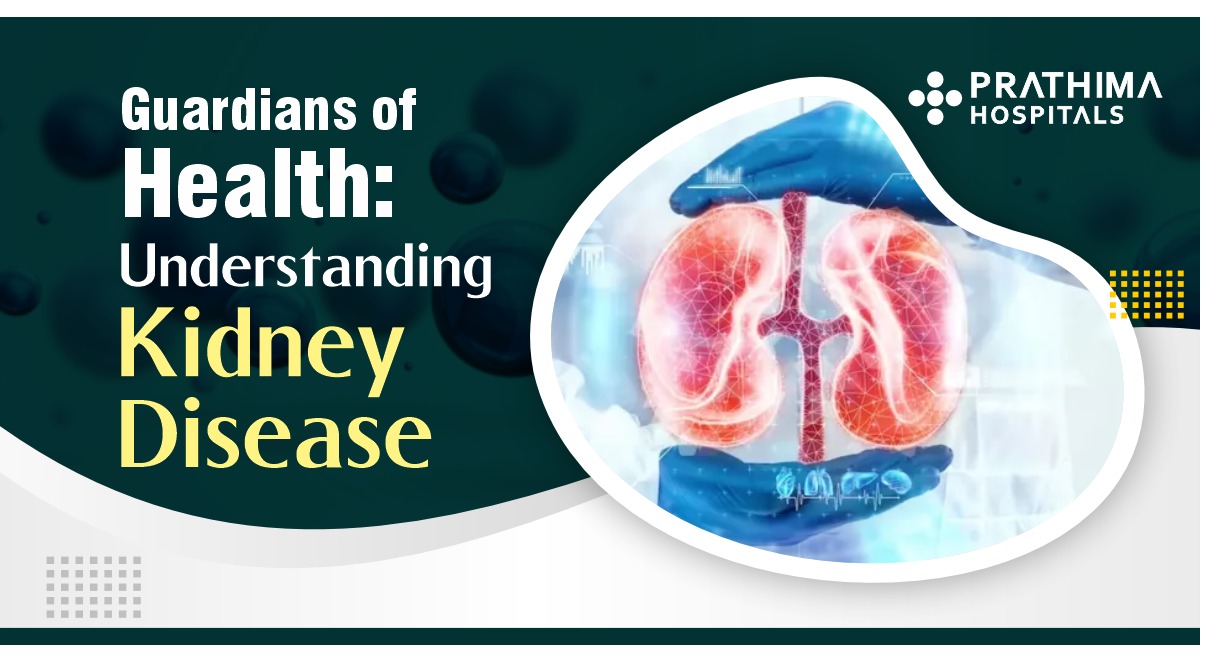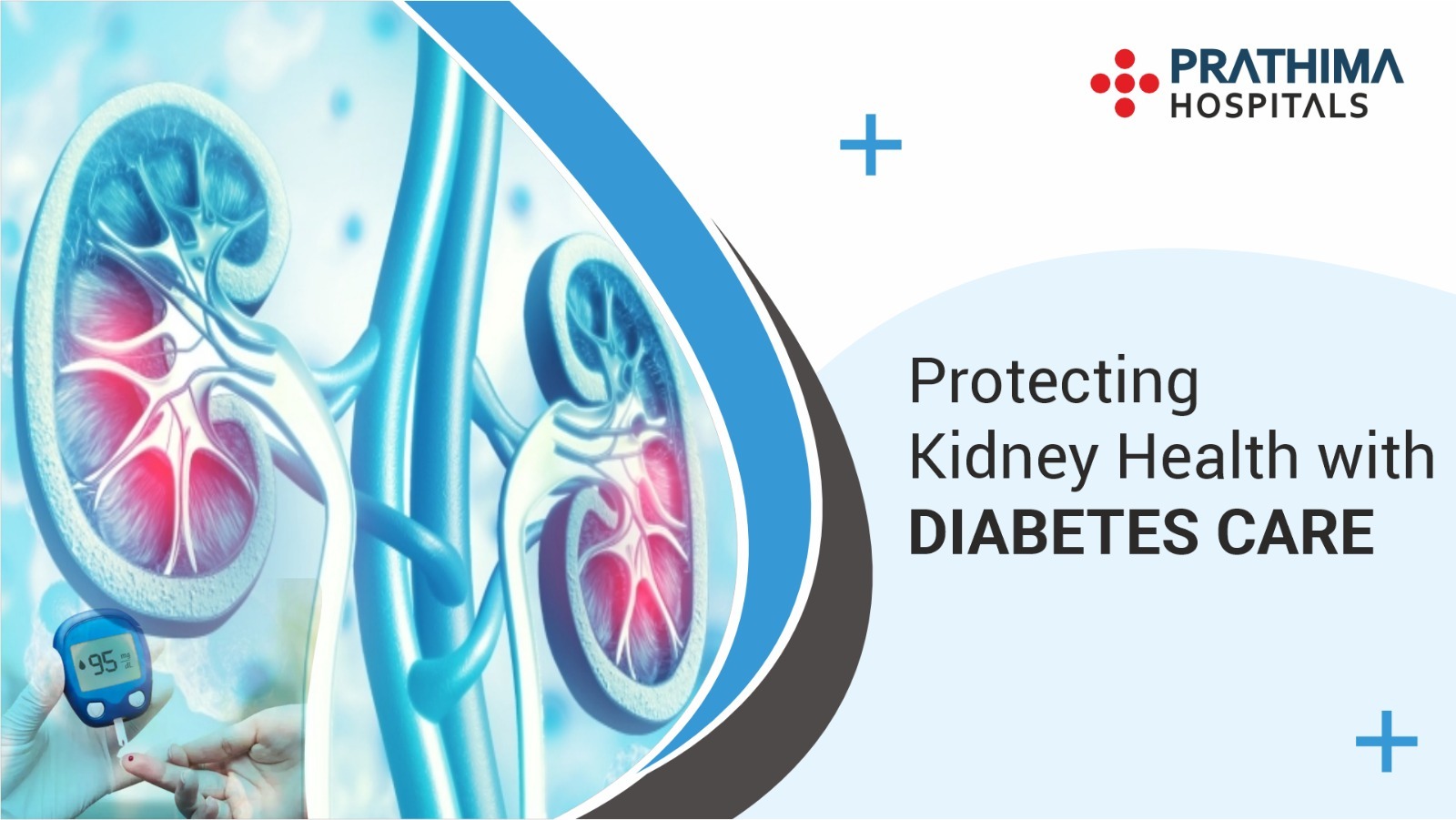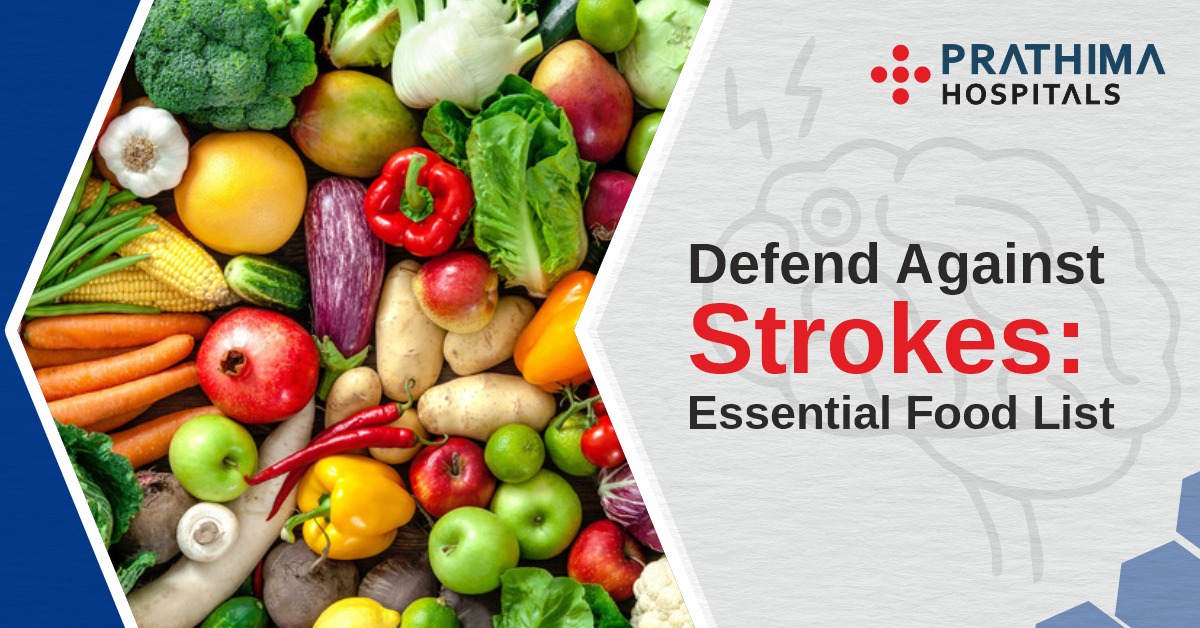Understanding Stroke: Causes and Strategies to Minimize its Effects
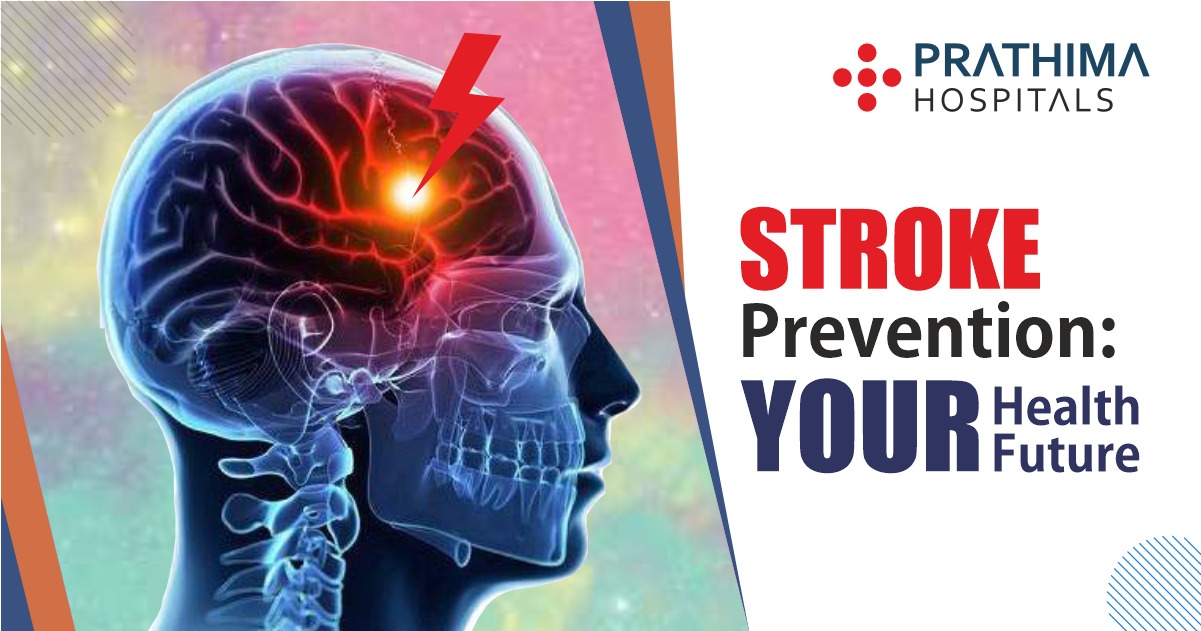
World Stroke Day 2023
Introduction:
Stroke is a medical emergency that occurs when there is a sudden disruption in the blood supply to the brain, resulting in brain cell damage and a wide range of neurological symptoms. It is a critical and often life-altering event that requires immediate medical attention. According to the Best Neuro Hospital in Hyderabad, understanding stroke, its causes, and the importance of prompt intervention is crucial for both prevention and effective management. World stroke day takes place on October 29th, so we will explore the intricacies of stroke, its impact on society and individuals, and the increasing need for awareness.
What is a Stroke?
A stroke, often referred to as a “brain attack,” is a condition where the blood flow to a part of the brain is abruptly cut off, either due to a blockage in an artery (ischemic stroke) or the rupture of a blood vessel (hemorrhagic stroke). Without a consistent supply of oxygen and nutrients carried by the blood, brain cells in the affected area begin to die, leading to a cascade of neurological symptoms. These symptoms can range from mild, temporary issues to severe and permanent disabilities.
I. Understanding the Causes of Stroke
To fully grasp the causes of stroke, it’s essential to delve into the specifics of both ischemic and hemorrhagic strokes, which are the two primary categories of stroke, along with transient ischemic attacks (TIAs).
A. Ischemic Stroke
According to the Neurologist in KPHB, ischemic strokes account for the majority of stroke cases and are primarily caused by the blockage of a blood vessel supplying blood to the brain. These blockages can be attributed to various factors, including:
- Atherosclerosis: Atherosclerosis is a condition characterized by the accumulation of fatty deposits, known as plaques, within the walls of arteries. Over time, these plaques can narrow and harden the arteries, reducing blood flow to the brain. If a clot forms in this narrowed area, it can lead to an ischemic stroke.
- Embolism: Embolic strokes occur when a blood clot or other debris forms elsewhere in the body, typically in the heart or large arteries. These clots can break free and travel through the bloodstream until they become lodged in a smaller artery in the brain, causing a blockage.
- Thrombosis: Thrombotic strokes result from blood clots that form within the brain’s blood vessels. These clots can develop due to various factors, including injury to the blood vessel’s inner lining or abnormalities in blood clotting factors.
B. Hemorrhagic Stroke
Hemorrhagic strokes are less common than ischemic strokes but often result in more severe consequences. They occur when a blood vessel within the brain ruptures, causing bleeding into the surrounding brain tissue. The two primary causes of hemorrhagic strokes are:
- Cerebral Aneurysm: A cerebral aneurysm is a weakened or ballooning area in the wall of a blood vessel within the brain. Over time, this area may rupture, leading to a hemorrhagic stroke. The exact cause of aneurysms is not always clear, but factors such as high blood pressure and smoking can increase the risk.
- Arteriovenous Malformation (AVM): Arteriovenous malformations are abnormal tangles of blood vessels within the brain. These tangles are prone to rupture, causing bleeding and leading to a hemorrhagic stroke. AVMs are typically present from birth but may not cause symptoms until they rupture.
C. Transient Ischemic Attack (TIA)
According to the NeuroPhysician in Kachiguda, a transient ischemic attack, or TIA, is often referred to as a “mini-stroke.” It is a temporary disruption of blood flow to the brain, resulting in stroke-like symptoms that resolve within 24 hours. The causes of TIAs are typically small, temporary blood clots or pieces of plaque that break free and briefly block blood flow. While the symptoms of a TIA are short-lived, they should not be ignored, as they can serve as a warning sign of an impending, more severe stroke.
II. Strategies to Minimize the Effects of Stroke
Preventing and minimizing the effects of a stroke requires a comprehensive approach that addresses various aspects of an individual’s lifestyle and health. Let’s explore these strategies in detail:
Know the Risk Factors: Understanding and managing risk factors is a fundamental step in stroke prevention. Risk factors include:
- High Blood Pressure (Hypertension): Hypertension is a leading cause of stroke. Regular check-ups with a healthcare provider to monitor blood pressure and appropriate treatment are vital.
- High Cholesterol: Elevated cholesterol levels can contribute to atherosclerosis, increasing the risk of ischemic stroke. Lifestyle changes and medication can help manage cholesterol levels.
- Diabetes: Poorly controlled diabetes is a significant risk factor for stroke. Managing blood sugar levels and adhering to prescribed medications and dietary guidelines are essential.
- Smoking: Smoking is a major risk factor for stroke. One of the best ways to lower this risk is to quit smoking.
- Obesity: Maintaining a healthy weight through a balanced diet and regular exercise helps reduce the risk of stroke.
- Sedentary Lifestyle: Engaging in regular physical activity can help lower blood pressure, maintain a healthy weight, and improve cardiovascular health.
Maintain a Healthy Diet: A heart-healthy diet can significantly reduce the risk of stroke. Emphasize:
- Fruits and Vegetables: These are rich in essential vitamins and antioxidants that support overall health.
- Whole Grains: Opt for whole grains like brown rice and whole wheat bread to provide sustained energy.
- Lean Proteins: Choose lean sources of protein like poultry, fish, and legumes.
- Healthy Fats: Limit saturated and trans fats, and opt for unsaturated fats found in nuts, seeds, and olive oil.
- Limit Salt and Sugar: As per the Neuro Physician in Kukatpally, excess salt can contribute to high blood pressure, and too much sugar can lead to weight gain and other health issues.
- Regular Exercise: Physical activity is essential for stroke prevention. Every week, you should work out on an average 150 minutes at a moderate intensity or 75 minutes at a vigorous intensity. Exercise helps maintain a healthy weight, reduce blood pressure, and improve overall cardiovascular health.
- Smoking Cessation: Smoking is a major modifiable risk factor for stroke. Seek support from smoking cessation programs and consider nicotine replacement therapy if needed to quit smoking.
- Manage Blood Pressure: Hypertension is a significant risk factor for stroke. Regular monitoring of blood pressure and adherence to prescribed medications and lifestyle modifications can help control blood pressure.
- Control Cholesterol: High cholesterol levels can lead to atherosclerosis. Consult with a healthcare provider to manage cholesterol levels through medication and dietary changes.
- Diabetes Management: Proper management of diabetes through medication, monitoring blood sugar levels, and following dietary guidelines is crucial in reducing the risk of stroke.
- Alcohol Moderation: Excessive alcohol consumption can lead to high blood pressure and other health issues that increase the risk of stroke. Follow recommended guidelines when consuming alcohol in moderation.
- Medication Adherence: For individuals with conditions like atrial fibrillation or a history of TIAs, adherence to prescribed medications and treatment plans is crucial. Medications such as anticoagulants may be recommended to prevent blood clots and reduce the risk of stroke.
Key takeaways from the above information:
- Stroke is a Leading Cause of Disability and Death: Stroke ranks among the leading causes of long-term disability and mortality globally. It affects individuals of all ages, making it a public health concern of significant magnitude.
- Types of Stroke: Understanding the two primary types of stroke, ischemic and hemorrhagic, along with transient ischemic attacks (TIAs), is fundamental. The distinction between these types guides treatment and management decisions.
- Risk Factors: Recognizing and managing risk factors, such as high blood pressure, high cholesterol, diabetes, smoking, obesity, and sedentary lifestyle, is crucial for stroke prevention. Identifying and addressing these factors can significantly reduce the risk of stroke.
- Timely Intervention: According to the Neurologist in Kukatpally, early recognition of stroke symptoms and prompt medical intervention are paramount. The “FAST” acronym (Face drooping, Arm weakness, Speech difficulty) simplifies the recognition of stroke signs and emphasizes the urgency of seeking medical help.
Prevention and Ongoing Management:
- Lifestyle Changes:Maintaining a healthy lifestyle through regular exercise, a balanced diet, and smoking cessation can greatly reduce the risk of stroke.
- Medication Management:Adhering to prescribed medications for conditions like hypertension and diabetes is essential for controlling these risk factors.
- Cholesterol Control:Keeping cholesterol levels in check through medication and dietary choices can mitigate the risk of atherosclerotic strokes.
- Diabetes Management:Managing blood sugar levels and following recommended dietary guidelines is critical for individuals with diabetes.
- Alcohol Moderation:Limiting alcohol consumption to moderate levels helps reduce stroke risk.
- Medication Adherence:Following prescribed medications, especially for conditions like atrial fibrillation, can prevent blood clots and reduce the risk of stroke.
- Education and Awareness:Raising awareness about stroke, its warning signs, and the importance of acting quickly can save lives and reduce the long-term impact of stroke.
In conclusion, stroke is a complex and life-altering medical condition that requires a multifaceted approach to minimize its effects. Early intervention, prevention, and ongoing management are crucial in the fight against stroke. Education and awareness play a pivotal role in reducing the burden of stroke on individuals, families, and communities. With continued research and a collaborative effort among Neurologist in Kachiguda, caregivers, and the public, we can strive for a world where stroke’s impact is minimized, and individuals affected by stroke can lead fulfilling and productive lives.
.
.
.
.
.
For More Details:
📞:: 733 733 6600 | 040 4345 4345
🌐:: https://prathimahospitals.com/book-appointment/

